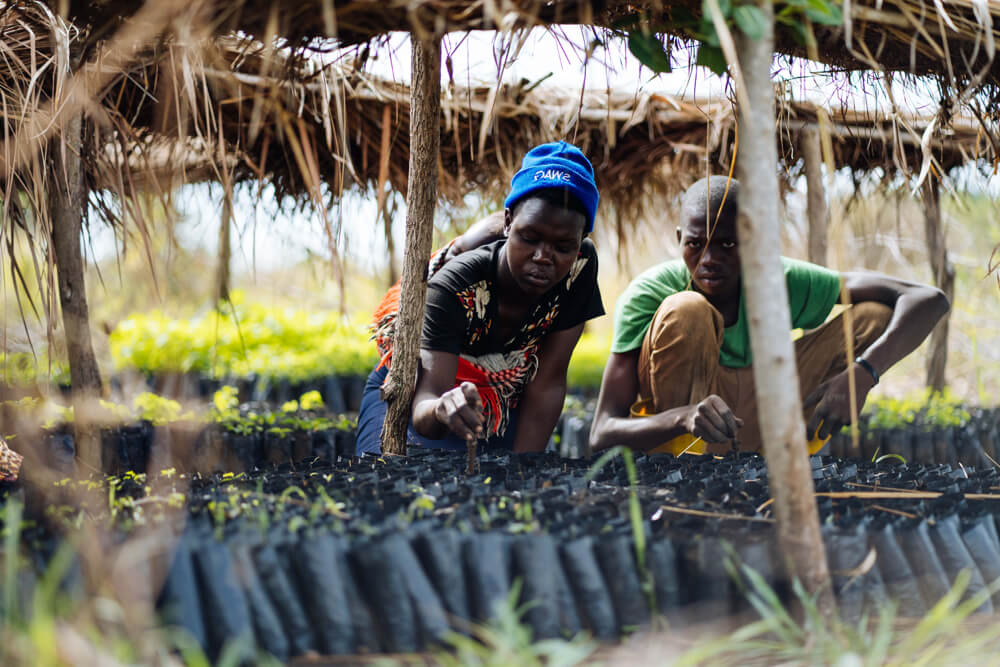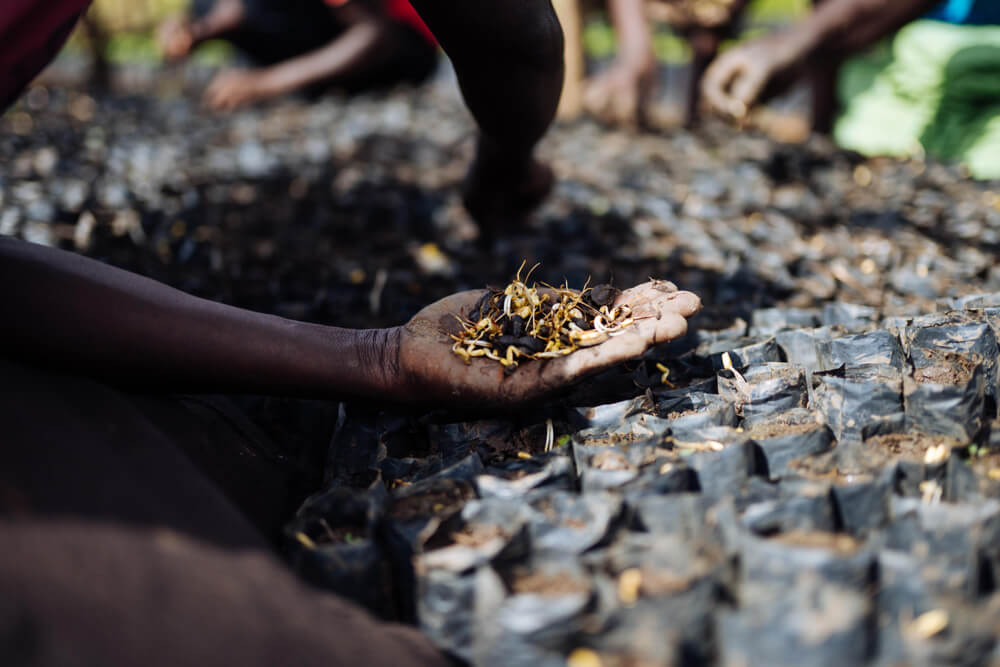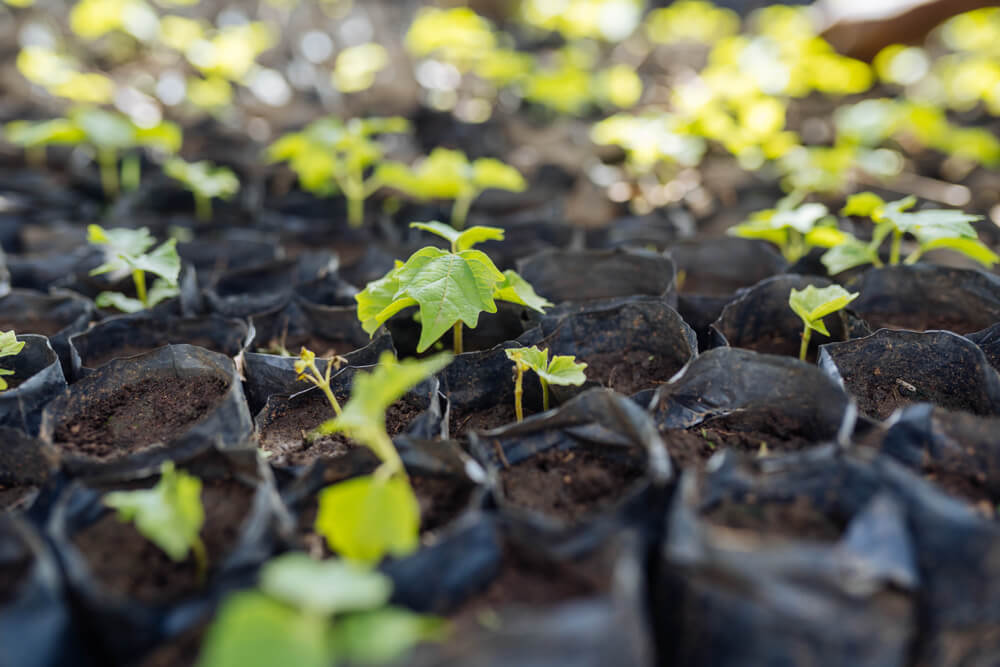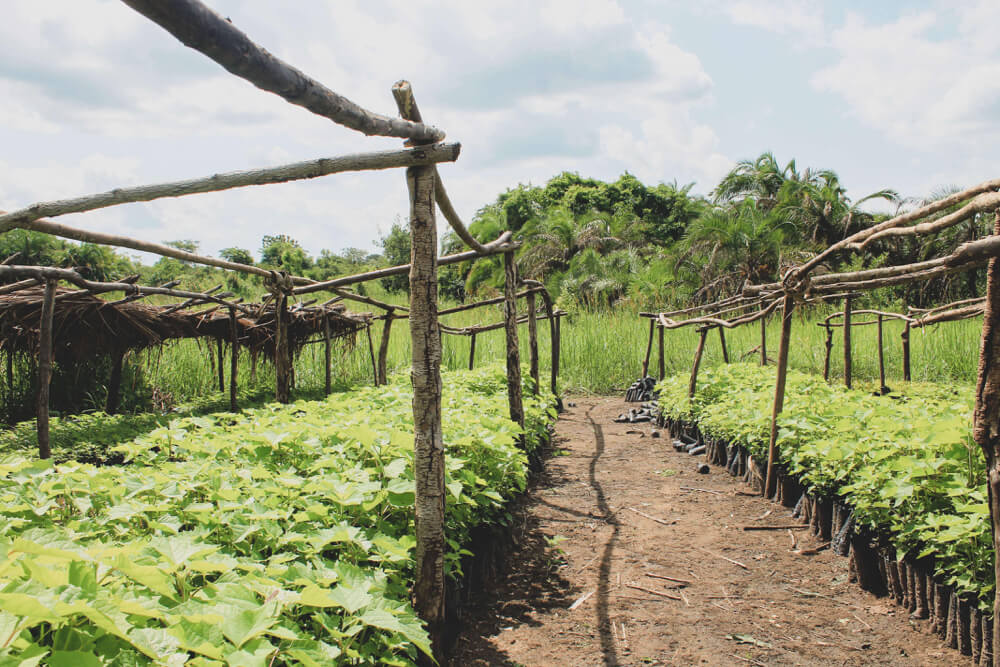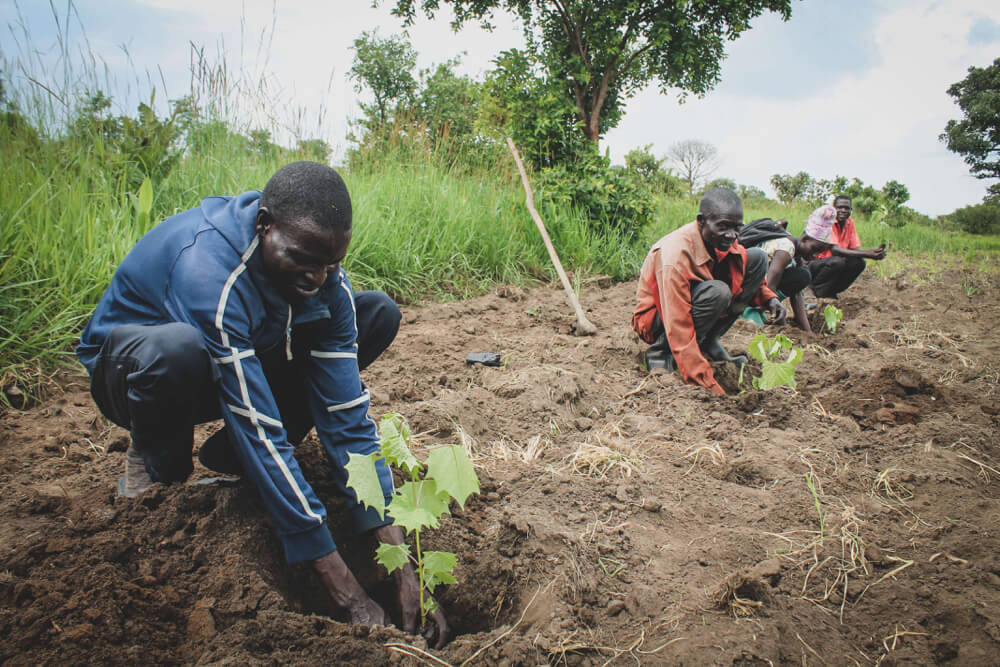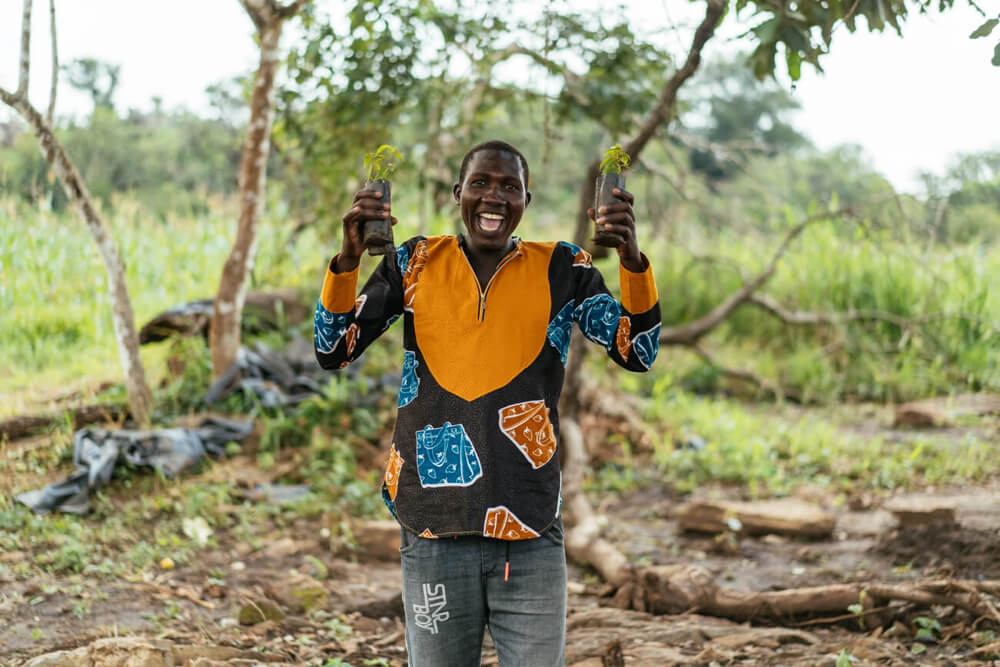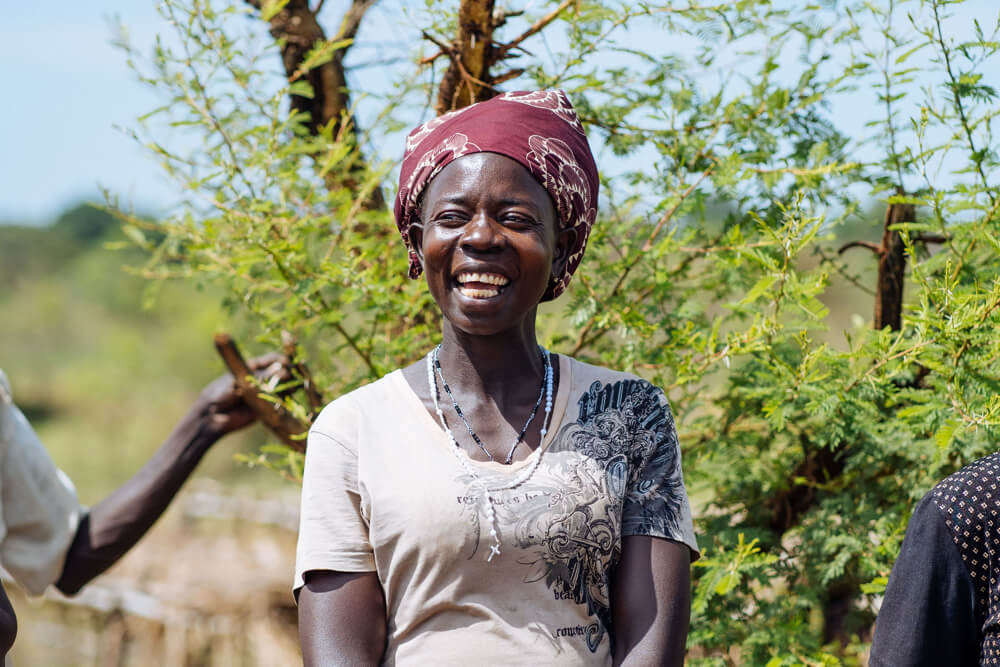
Project Details
Project Description
Based on satellite data, an estimated 1.000.000 acres per year of forest are cut down and used for charcoal and timber production, and agricultural expansion. Rural communities, in desperate need of money, cut down trees without access to seedlings to replant, and have limited knowledge of regenerative techniques. Forests are depleted, and supply starts to diminish while the demand of an increasing population continues to grow.
Generating partnerships and working with local communities are at the essence of what we do. High-output tree nurseries that provide diverse seedlings, agroforestry training and employment opportunities to vulnerable communities affected by the effects of this climate crisis have been established in collaboration with our partners on the ground. So far, we have contributed to the digitization of 100 growers, who are stewarding with us to maintain and track all the trees we have planted.
Through this work, local communities maintain long-term market access to vital resources like fuelwood, fruit, and timber, while receiving education and access to the tools needed to implement agroforestry systems that will improve crops and help drive them out of poverty. In just one year of work with us, the projected increase in income for each household is $3.500 over 10 years, a +400% increase compared to their existing conditions.
To facilitate this turnaround, we plant fast-growing species that reach maturity between the 4th and 5th year of growth, after which, trees may be harvested employing coppicing techniques and FMNR (Farmer Managed Natural Regeneration). When the tree is mature and ready to be harvested, farmers are trained to use these techniques to regenerate a tree from the existing roots and stumps. After the new tree from the coppiced roots has grown again for roughly 5 years and is ready, the process repeats itself for a second cycle, and over again with improved ecosystemic effects compared to massive seed planting. In a single growth cycle of five years, thanks to improved land management and soil sequestration, we estimate each tree to sequester about 63,3 Kg of CO2e.

